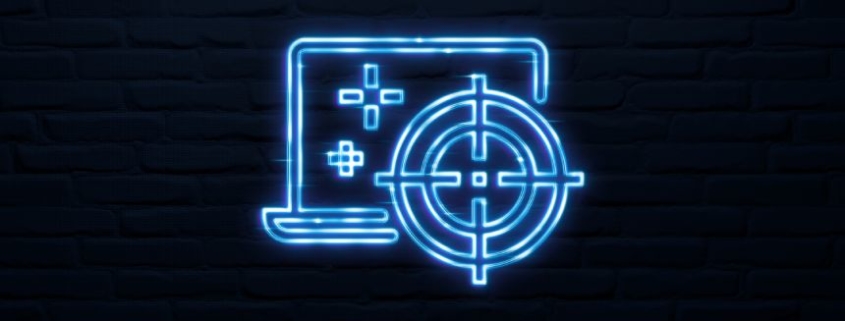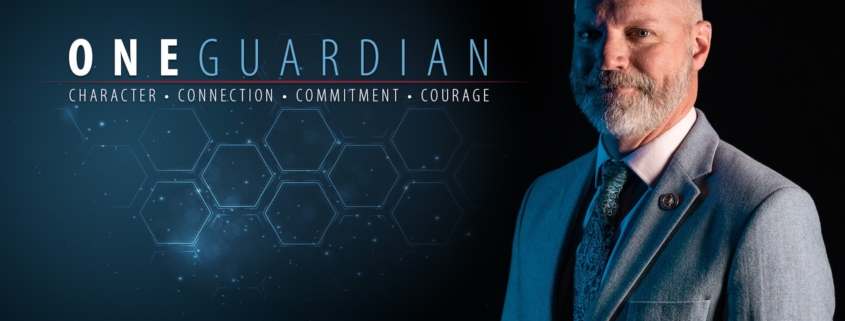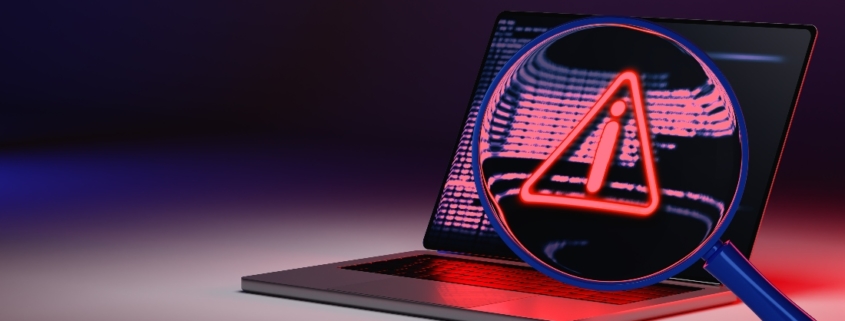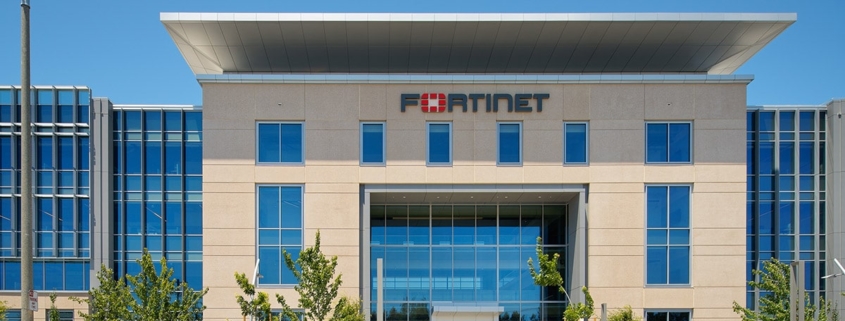US Cyber Command Expanded ‘Hunt Forward’ Operations in 2023
Cyberwarfare / Nation-State Attacks
,
Fraud Management & Cybercrime
,
Government
US Cyber Mission Force Led 22 Defensive Cyber Operations in 2023, Commander Says
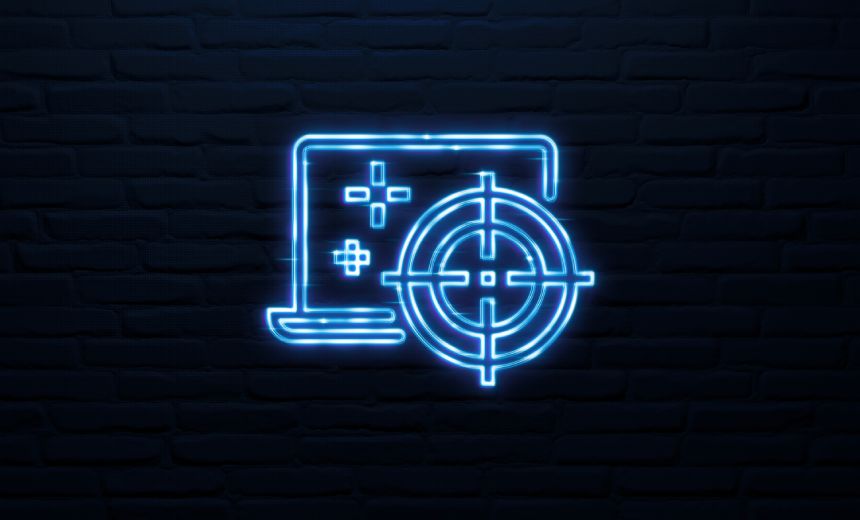
A secretive U.S. cyber military force ramped up global operations in 2023, executing more than double the average number of “hunt forward” campaigns than the previous five years, according to the head of U.S. Cyber Command.
See Also: Critical Infrastructure Cybersecurity & Risk Monitoring: Elections Infrastructure
The Cyber National Mission Force carried out 22 operations in 2023, Air Force Gen. Timothy Haugh – commander of the U.S. Cyber Command – testified to the Senate Armed Services committee Wednesday. The mission force deployed a total of 55 times since 2018, Cyber Command said in December.
Haugh told lawmakers the Cyber National Mission Force “constrained adversary freedom of maneuver” in 2023, while supporting allies and generating important insights on the evolving cyber threat landscape. Cyber Command’s hunt forward teams are deployed after partner nations invite the military force to assist in detecting malicious cyber activity on government systems and networks.
The hunt forward teams carried out cyber campaigns in all regions where the combatant command was authorized to operate in 2023, according to Haugh, resulting in the public release of more than 90 malware samples for…
